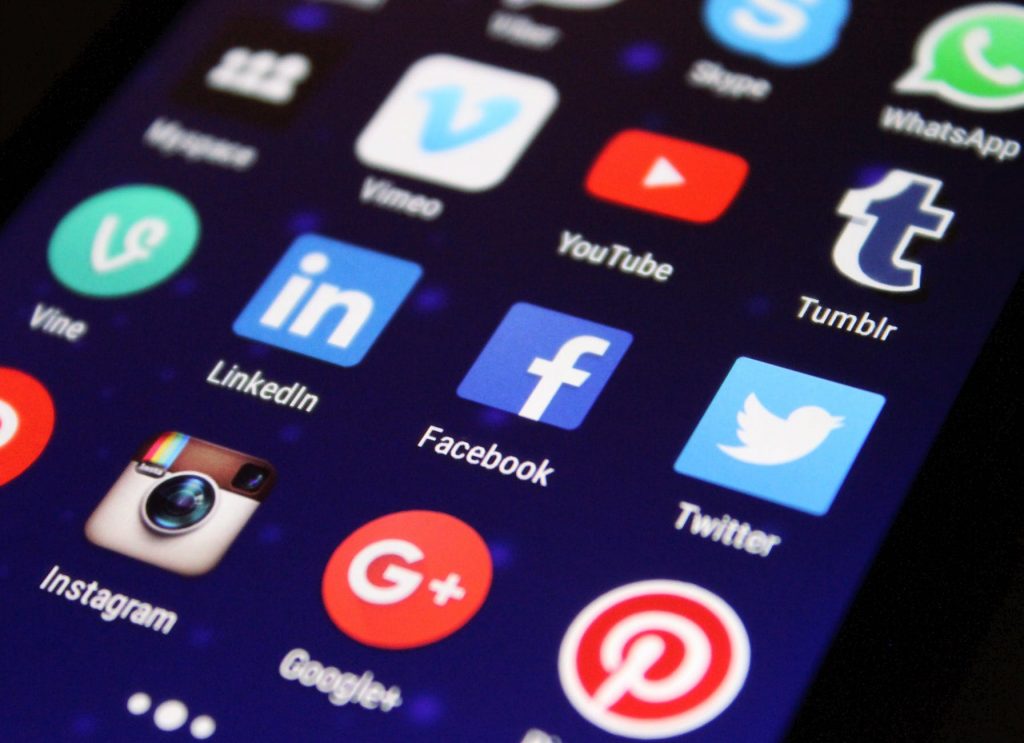
Modern vs Traditional Marketing
If there was a product or service, there was a need for it. Needs are identified by the market it serves. Supply and Demand dictated many of the factors in traditional marketing methods. Breaking down traditional marketing, it comes down to four P’s:
Product. Product or Service is aimed at specific needs of a prospective client. The right product will sell to the right need, sometimes regardless of the price.
Price. Pricing that is fair on the supply end and competitive for demand. As we all know clients will pay for quality but not all clients are like this.
Place. Region of selling is equally important; values of product fluctuate from area to area. This is summed up beautifully in the old saying “Selling ice to an Eskimo”. It is nearly impossible.
Promotion. Good understanding of who your customer is, who your competitors are, what consumers want, what your unique selling proposition is, what your price should be and where it’s best to sell your product, now you can start promoting your product or service. This is the part we are interested in.
Marketing is a concentrated effort to push your brand across a variety of platforms and hope that enough makes it through to your customer. Customers need to hear your message several times and you need to be visitable at all time.
Traditional in the sense of the last 100 years, the marketing medium has developed immensely. Starting out with print mediums one could imagine news paper prints displaying our product, and posters all over town. Later we had radio and television to promote our hearts out. The most effective selling tool is word of mouth. Having followers pronouncing your product or service is more effective than anything else.
To attract consumers in a crowded and global marketplace, your target audience needs to know why they should choose your business over someone else’s. This is where marketing comes in to educate current and potential customers about your business and how it serves a need they have.

Modern Marketing options:
- Create a website to own your online presence. Having a professional-looking website is one of the most important assets you will create for your small business. This is where you will show who you are, what you offer, where you are, and how a potential customer can get in touch with you.
- Promote yourself on social media. Social media can help you increase traffic, improve your search engine rankings, and engage with potential customers.
- Invest in ads. Google Ads are perfect if you know that your target audience is searching the web for your product or solution. If they aren’t, you might consider social media ads instead. Individuals on social media have less buying intent, but with highly targeted ads and enough impressions, you will gain the interest of your audience.
- Email marketing. Email marketing is a critical part of your marketing toolkit. In fact, 73 percent of millennials prefer communications from businesses to come via email. This strategy is an easy, free, and scalable way to communicate with both new and existing customers. Once you have an email marketing tool in place experiment with emailing out newsletter, and other promotions to your database. We know small business owners don’t have tons of free time to devote to digital marketing, so consider using marketing automation to make this process even easier for yourself.
- Manage relationships with a CRM. Email marketing works best when you are sending personalized, targeted emails. This begins with a customer database or customer relationship management (CRM) system. Your CRM stores information about your leads, prospects, and customers so that you can keep track of customer interactions and identify sales opportunities more effectively.
Modernising your approach to marketing will get you out of the dark ages and onto a global platform with growth potential for your four P’s.
